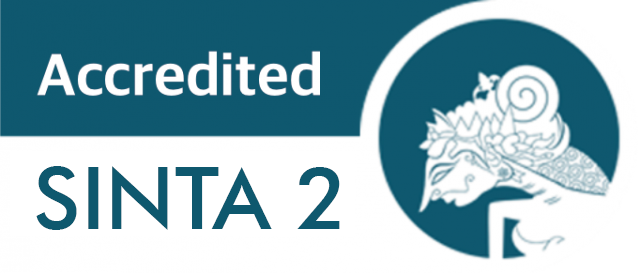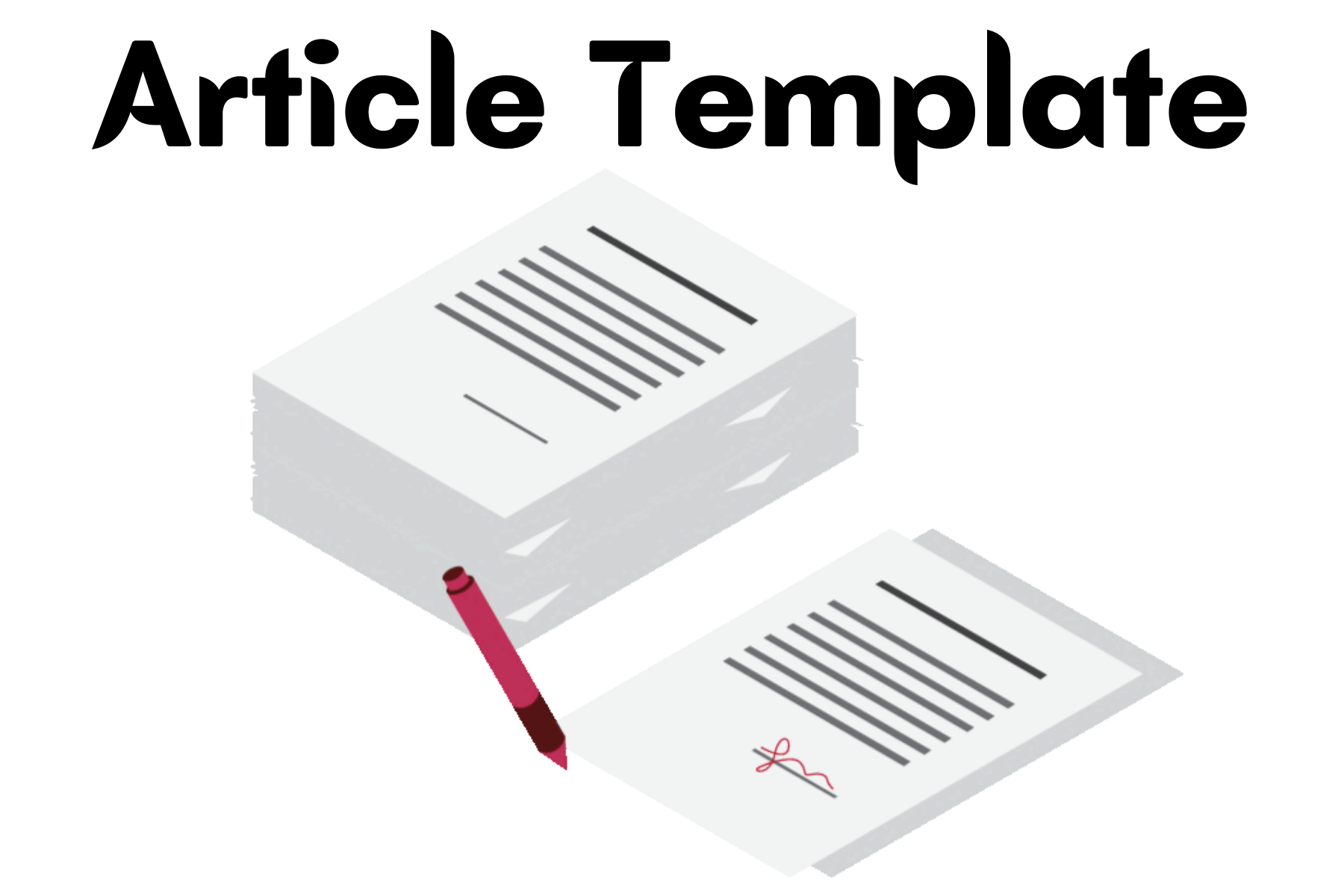Analyzing Mathematical Creative Thinking Processes in Higher Education: A Learning Style Perspective in Graph Problem Solving
DOI:
https://doi.org/10.18326/hipotenusa.v7i1.4186Keywords:
mathematical creative thinking process, learning style, graphAbstract
This study aims to determine the process of mathematical creative thinking in solving graph problems based on students' learning styles. This research method เว็บสล็อต uses descriptive qualitative. This study was conducted on 5th semester students of the Mathematics Education Study Program, Universitas PGRI Semarang in the 2024/2025 Academic Year. Subjects were taken by purposive sampling. The research instruments were in the form of mathematical creative thinking tests, learning style questionnaires and interview guidelines. R4shub Data analysis techniques included validity, reliability, discriminatory power and difficulty level tests. Furthermore, data validity tests were carried out using the technical triangulation method and qualitative data analysis using an interactive analysis model. The results of the study showed that the mathematical creative thinking process of the average of the four students' learning styles at the preparation stage did not meet the indicators of flexibility and originality. The incubation and illumination stages still need assistance to bring up the originality indicators. เว็บสล็อต While the verification stage has met the four indicators of mathematical creative thinking ability completely. Thus, the findings of this study can be used as a consideration for lecturers in understanding the differences in students' learning styles. Lecturers can provide appropriate scaffolding to make it easier for students to solve graph problems.
References
Amaniyan, S., Pouyesh, V., Bashiri, Y., Snelgrove, S., & Vaismoradi, M. (2020). Comparison of the Conceptual Map and Traditional Lecture Methods on Students’ Learning Based on the VARK Learning Style Model: A Randomized Controlled Trial. SAGE Open Nursing, 6. https://doi.org/10.1177/2377960820940550
Amir, R., & Jelas, Z. M. (2010). Teaching and learning styles in higher education institutions: Do they match? Procedia - Social and Behavioral Sciences, 7, 680–684. https://doi.org/10.1016/j.sbspro.2010.10.092
Arumningsih, E., Rina Dwi Setyawati, & Yanuar Hery Murtianto. (2023). Students’ Creative Thinking Ability in Solving Open-Ended Problems Based on Personality Type. Hipotenusa: Journal of Mathematical Society, 5(2), 121–131. https://doi.org/10.18326/hipotenusa.v5i2.280
Dermawan, D. D., & Andartiani, K. (2022). Worksheets Electronic Development of STEAM-Based to Improve Students’ Creative Thinking Ability. Hipotenusa : Journal of Mathematical Society, 4(1). https://doi.org/10.18326/hipotenusa.v4i1.7213
Dwi Ferdiani, R., Manuharawati, & Khabibah, S. (2022). Activist learners’ creative thinking processes in posing and solving geometry problem. European Journal of Educational Research, 11(1), 117–126. https://doi.org/10.12973/eu-jer.11.1.117
El-Sabagh, H. A. (2021). Adaptive e-learning environment based on learning styles and its impact on development students’ engagement. International Journal of Educational Technology in Higher Education, 18(1). https://doi.org/10.1186/s41239-021-00289-4
Ferdiani, R. D., & Harianto, W. (2024). Honey and Mumford learning style: creative thinking process in solving statistical problems. International Journal of Evaluation and Research in Education , 13(1), 496–502. https://doi.org/10.11591/ijere.v13i1.25347
Fleming, N. (2020). Kuesioner VARK (Version 8.01). A Guide to Learning Styles. https://vark-learn.com/kuesioner-vark/
Görlich, Y. (2023). Development of Creative Process Assessment Scale (CPAS). Journal of Creativity, 33(1). https://doi.org/10.1016/j.yjoc.2023.100042
Gunawan, Kartono, Wardono, & Kharisudin, I. (2023). Mathematic Creative Thinking Processes Through Mind-Mapping Based Aptitude Treatment Interaction Learning Model: A Mixed Method Study Gunawan. European Journal of Mathematics and Science Education, 3(2), 181–190. https://www.researchgate.net/profile/Chan-Choon-Tak-2/publication/373995990_Undergraduate_Students’_Attitudes_and_Mathematical_Reasoning_During_the_Pandemic_The_Mediating_Role_of_Metacognitive_Awareness/links/65093102c05e6d1b1c1af97d/Undergraduate-Student
Hadi, T. S., Waluya, S. B., Mulyono, & Suyitno, A. (2023). Analysis of Correlation Between Understanding to Mathematics Creative Thinking Ability Through E-Learning Assisted Learning. ASM Science Journal, 18, 1–10. https://doi.org/10.32802/ASMSCJ.2023.1535
Hawk, T. F., & Shah, A. J. (2007). Using Learning Style Instruments to Enhance Student Learning. Decision Sciences Journal of Innovative Education, 5(1), 1–19. https://doi.org/10.1111/j.1540-4609.2007.00125.x
Jagom, Y. O., Uskono, I. V., Dosinaeng, W. B. N., & Lakapu, M. (2021). Proses Berpikir Kreatif Siswa SMP dalam Menyelesaikan Masalah Matematika Berdasarkan Gaya Belajar. Jurnal Cendekia : Jurnal Pendidikan Matematika, 5(1), 682–691. https://doi.org/10.31004/cendekia.v5i1.308
Kartono, G., Kartono, K., Wardono, W., & Kharisudin, I. (2022). Mathematic Creative Thinking Processes Through Mind-Mapping Based Aptitude Treatment Interaction Learning Model: A Mixed Method Study. European Journal of Mathematics and Science Education, 3(2), 181–190. https://doi.org/10.12973/ejmse.3.2.181
Lucas, B. J., & Mai, K. M. (2022). Illumination and elbow grease: A theory of how mental models of the creative process influence creativity. Organizational Behavior and Human Decision Processes, 168, 104107. https://doi.org/10.1016/j.obhdp.2021.104107
Mohsenipouya, H., Monsefi, S. F., Hosseinnataj, A., Mamun, M. A., & Al-Mamun, F. (2024). The effect of learning styles on the academic achievement of nursing students: a cross-sectional study. BMC Research Notes, 17(1), 294. https://doi.org/10.1186/s13104-024-06949-8
Pitta-Pantazi, D., Kattou, M., & Christou, C. (2018). Mathematical Creativity: Product, Person, Process and Press (pp. 27–53). https://doi.org/10.1007/978-3-319-73156-8_2
Prayitno, A. T., Nusantara, T., Hidayanto, E., & Rahardjo, S. (2022). Identification of graph thinking in solving mathematical problems naturally. Participatory Educational Research, 9(2), 118–135. https://doi.org/10.17275/per.22.32.9.2
Restanto, R., Junaedi, I., & Mulyono, M. (2023). Kemampuan Berpikir Kreatif pada Model PJBL Pendekatan Open-Ended Ditinjau dari Gaya Belajar V-A-R-K. ANARGYA: Jurnal Ilmiah Pendidikan Matematika, 6(2), 92–98. https://doi.org/10.24176/anargya.v6i2.11411
Restanto, R., & Mampouw, H. L. (2018). Analisis Kemampuan Berpikir Kreatif Mahasiswa dalam Menyelesaikan Soal Geometri Tipe Open-Ended Ditinjau dari Gaya Belajar. Jurnal Numeracy, 5(1), 29–40. https://doi.org/https://doi.org/10.46244/numeracy.v5i1.301
Shamsuddin, N., & Kaur, J. (2020). Students’ learning style and its effect on blended learning, does it matter? International Journal of Evaluation and Research in Education, 9(1), 195–202. https://doi.org/10.11591/ijere.v9i1.20422
Downloads
Published
How to Cite
Issue
Section
License
Copyright (c) 2025 Noviana Dini Rahmawati, Budi Waluya, Mulyono, Iqbal Kharisudin

This work is licensed under a Creative Commons Attribution-NonCommercial-ShareAlike 4.0 International License.

This work is licensed under a Creative Commons Attribution-ShareAlike 4.0 International License.


